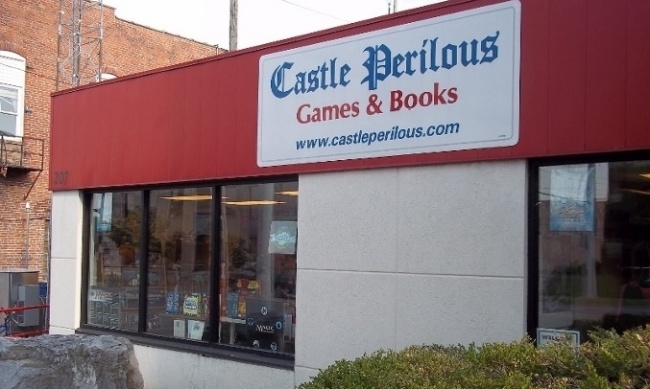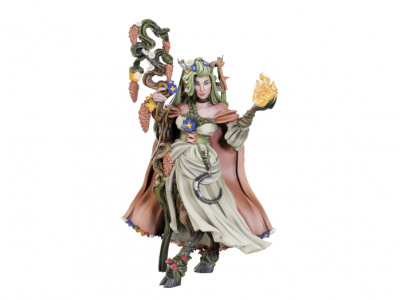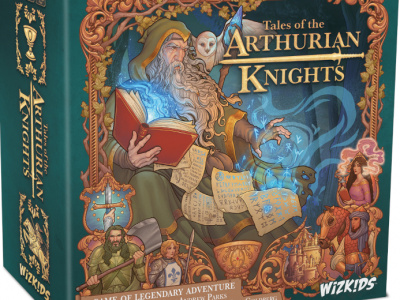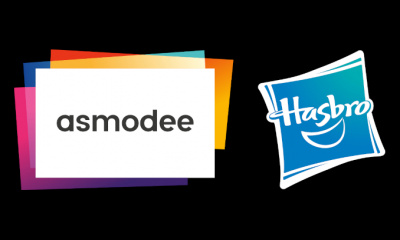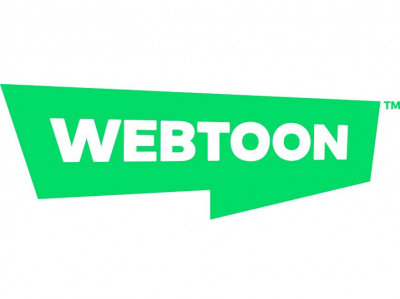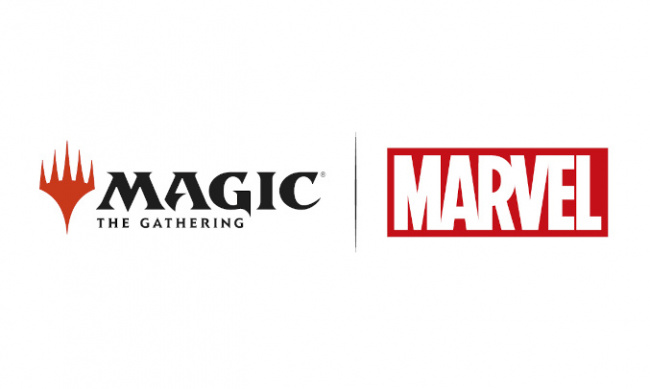The first point Selinker makes is that some games are printed in the U.S., primarily by Cartamundi, which, although headquartered in Belgium, has plants here in the US, exempting anything printed there from any import tariffs. In addition to the games Selinker mentions, Pathfinder and Thornwatch, Magic: The Gathering is also printed by Cartamundi. Pokemon and Yu-Gi-Oh! are also printed in the U.S., according to their packaging. Incidentally, Looney Labs, publisher of Fluxx and Loonacy, prints all of their games, excepting the new Marvel and Jumanji Fluxx games, with an American printer, DeLano Service in Battle Creek, Michigan (Cheapass Games has as well). Any tariffs imposed on Chinese imports will not have any direct effect on the pricing of any of these games.
Most boardgame publishers, because of cost savings (Cartamundi has high fixed costs it has to allocate across its print jobs), print their games in China. Even Wizards of the Coast, which can profitably use Cardimundi to print its Magic cards in the U.S., uses Chinese printers to product its boardgames such as Axis and Allies and Dungeon, I've found. With a dozen printing companies in China, compared to pretty much one here in the U.S., competitive pressures on price are much stronger in China. Games can get printed in China as much as 50 to 60 percent cheaper than they can in the United States but that price does fluctuate and does not factor in shipping costs and times.
If a game sells through retail, also called a full or indirect channel of distribution, the publisher only gets a portion of the total selling price. Selinker estimates around 20% of the final selling price goes to the publisher. Since a tariff adds to the “first sale” price, any boardgame tariffs would get added to the price of the game when it arrives in the country in the country. Say the tariff is 25% on a game with a selling price of $50. The tariff would apply to the import cost of $10 ($50 times 20%), making the game now cost $12.50. Multiplying that new cost times five (remember, the publisher gets about 20% of the game’s final price and that is a pretty slim margin) and that game which once had a list price of $50 has shot up to $62.50.
Will customers understand the increase in the price and the reasons for it? Many will, many more will likely look for a cheaper game, leaving the publisher two options: (1) Pass along the tariff, keeping their margin and risk losing a lot of price-sensitive customers, or (2) Absorb the tariff, keeping the list price the same but reducing an already thin operating margin? Neither one is a particularly desirable outcome, and game publishers will pick the one that hurts the least in their particular case.
Publishers can also, and this is not in Selinker’s column, seek other sources of supply outside of China. The problem with this is shifting supply chains. Shifting operations from one factory to another is not a matter of a few phone calls and a couple of days but more like months of research and negotiation. Ideally, we will see an outcome similar to last Friday’s negotiations with Mexico in which both sides reach a minimally acceptable outcome and the tariffs are “indefinitely suspended.”



